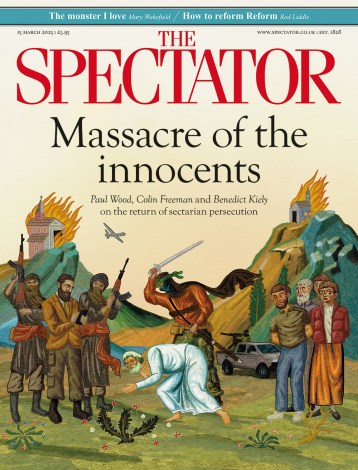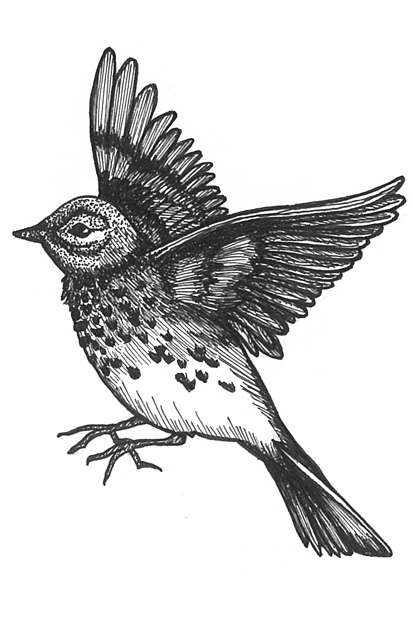This book is a portrait of one man’s meadow. Our now almost vanished meadowland, with its tapestry of wildflowers, abundant wildlife and rich human history, has long attracted English writers. Modern meadow books are usually copiously illustrated in colour to reach the coffee-table market, but John Lewis-Stempel bravely relies on lively elegant prose. His thoughtful, discursive, often humorous and always enjoyable narrative conveys a vital message, for one cannot overemphasise how important are these last ancient meadows.
They are a cultural heritage and vital store of biodiversity, not least the genetic variation of grasses, clovers and other forage plants. A store of leaves, seeds and invertebrate ‘mini-beasts’, they are a feeding ground for birds, amphibians, reptiles and mammals. They provide important ecological ‘goods and services’, locking up carbon and maintaining health and integrity of soil, water and the varied buglife that predates crop pests. And, in addition to fodder, wildflower-rich meadows yield honey as well as medicinal, dye, symbolic and other useful plants.
Meadowland, an extended essay in loose diary form, traces across a single year the changing face of John Lewis-Stempel’s own working hay-meadow.

Get Britain's best politics newsletters
Register to get The Spectator's insight and opinion straight to your inbox. You can then read two free articles each week.
Already a subscriber? Log in







Comments
Join the debate for just $5 for 3 months
Be part of the conversation with other Spectator readers by getting your first three months for $5.
UNLOCK ACCESS Just $5 for 3 monthsAlready a subscriber? Log in